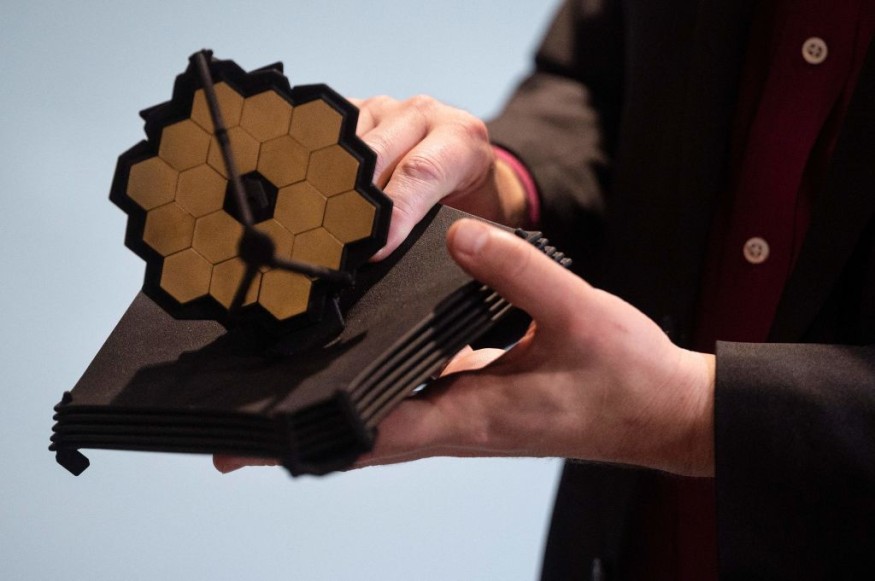NASA's James Webb Space Telescope was 20 years in the making, with a hefty $10 billion price tag and a perilous 1.5-million-kilometer journey into space. The new space telescope finally unveiled its golden infrared eye to give a glimpse of the beauty of the universe in unprecedented detail.
In honor of its extraordinary achievements this year, from its smooth launch in December 2021 to the early images that took everyone's breath away, Science has named NASA's JWST the 2022 Breakthrough of the Year. Tim Appenzeller, the lead editor of the magazine, said that JWST had been proven a triumph and a breakthrough that will lead to many others understanding the universe.

Triumphant JWST Wins Breakthrough of the Year
JWST has been exceeding expectations since its launch, so much so that critics forgot about the years of delays and massive cost overruns. The award cements JWST's position in the history of astronomy as a triumphant breakthrough of the year.
Editors from Science selected the space telescope from a pool of candidates, which included NASA's asteroid deflection mission DART, Space.com reported. Additionally, Nature has also listed JWST's Operations Project Scientist Jane Rigby as one of its Top 10 people who helped shape science stories, while Time magazine has also dubbed JWST as one of the inventions of the year.
Science praised Webb in its press release for its help in revealing the "unfathomable past of the universe in such stunning and unprecedented details. A few days since the telescope went online in late June, researchers began discovering thousands of new galaxies perhaps 150 million years older than the one Hubble Space Telescope found.
Moreover, the telescope can collect enough light from astronomical objects to provide awe-inspiring views of the cosmos that continue to break the internet. JWST also revealed more detailed versions of the famous photographs taken by the Hubble that were previously unseen.
The telescope is carefully shielded from the Sun's glare to detect the faintest infrared signal coming from the depths of the universe and from within cosmic dust clouds that obscure the view of optical telescopes. Its sensitive instruments are built to detect the earliest signs of galaxies that formed in the universe in the first hundreds of millions of years after the Big Bang.
Runners Up for 2022 Breakthrough of the Year
According to the American Association For The Advancement Of Science, the runners-up for the Breakthrough of the Year include the discovery of the massive microbe that is 5,000 times bigger than other bacteria, as well as the development of perennial rice variety, and the discovery of new insights into how Black Death altered the genes of Europeans.
Other runners-up are the reconstruction of an ancient ecosystem from a 2-million-year-old environment from a DNA preserved in Greenland permafrost, advancements in an RSV vaccine, NASA's DART mission, the rapid development of creative AI, and identification of the virus that may cause sclerosis.
The magazine has also identified several "breakdowns" of the year. The awardees are the failure of China's zero-COVID policies, the European energy crisis due to Russia's invasion of Ukraine, and the impact of escalating political superpowers on scientific collaborations.
RELATED ARTICLE:
James Webb Space Telescope's First Deep Field Image Reveals the Earliest Galaxies in the Universe
Check out more news and information on James Webb Space Telescope in Science Times.
© 2025 ScienceTimes.com All rights reserved. Do not reproduce without permission. The window to the world of Science Times.










